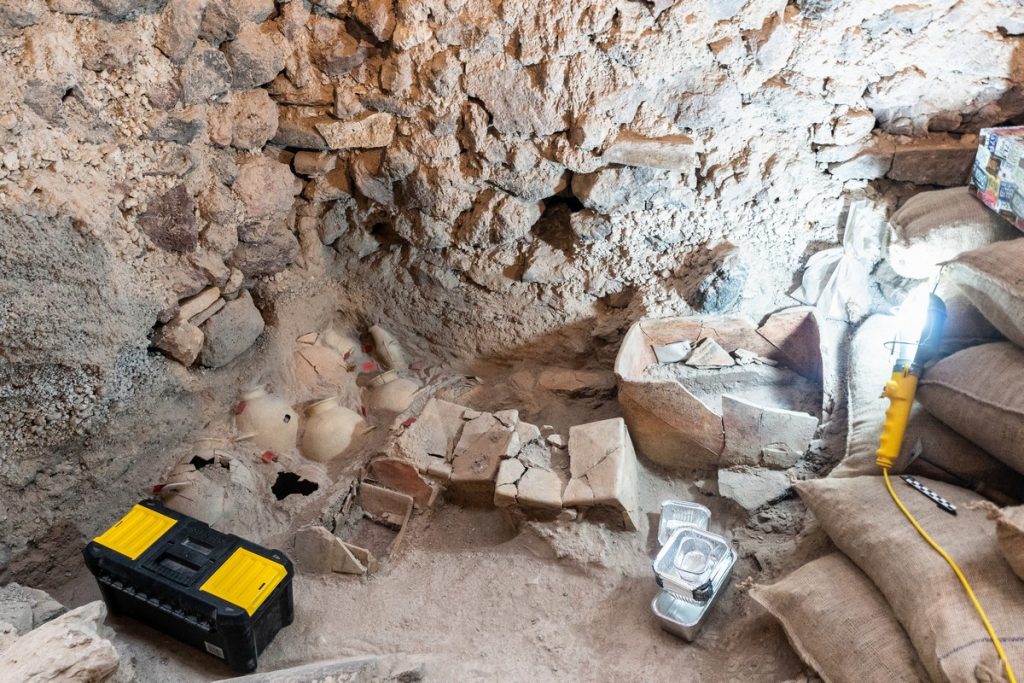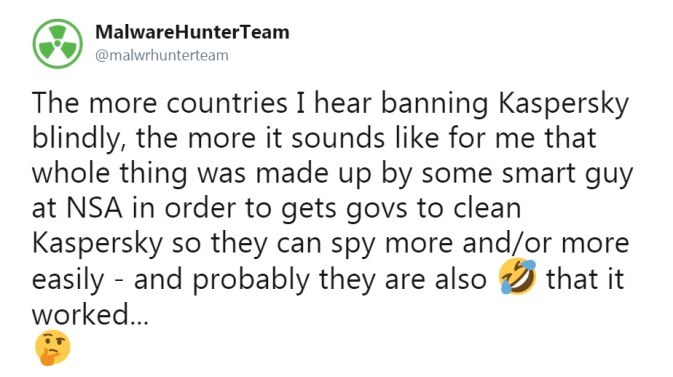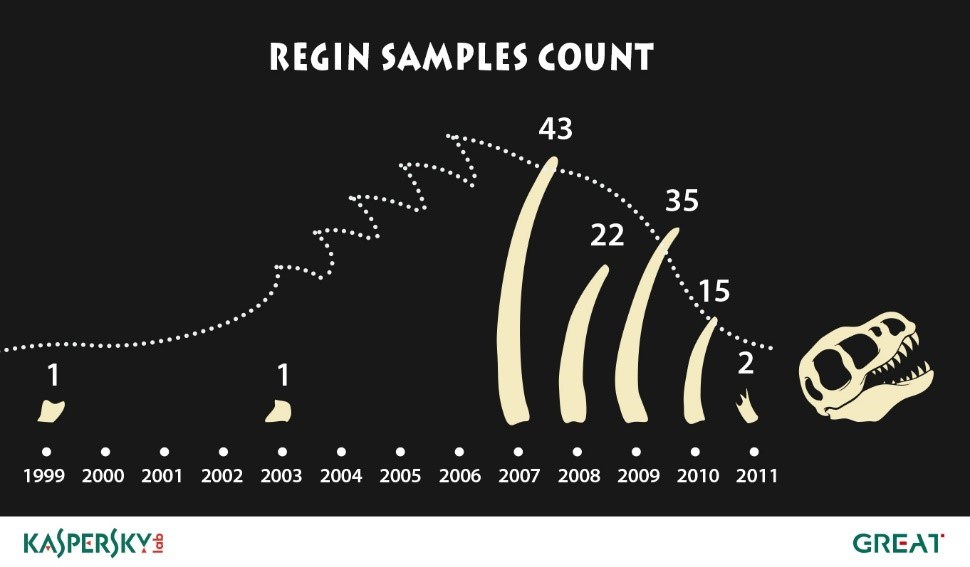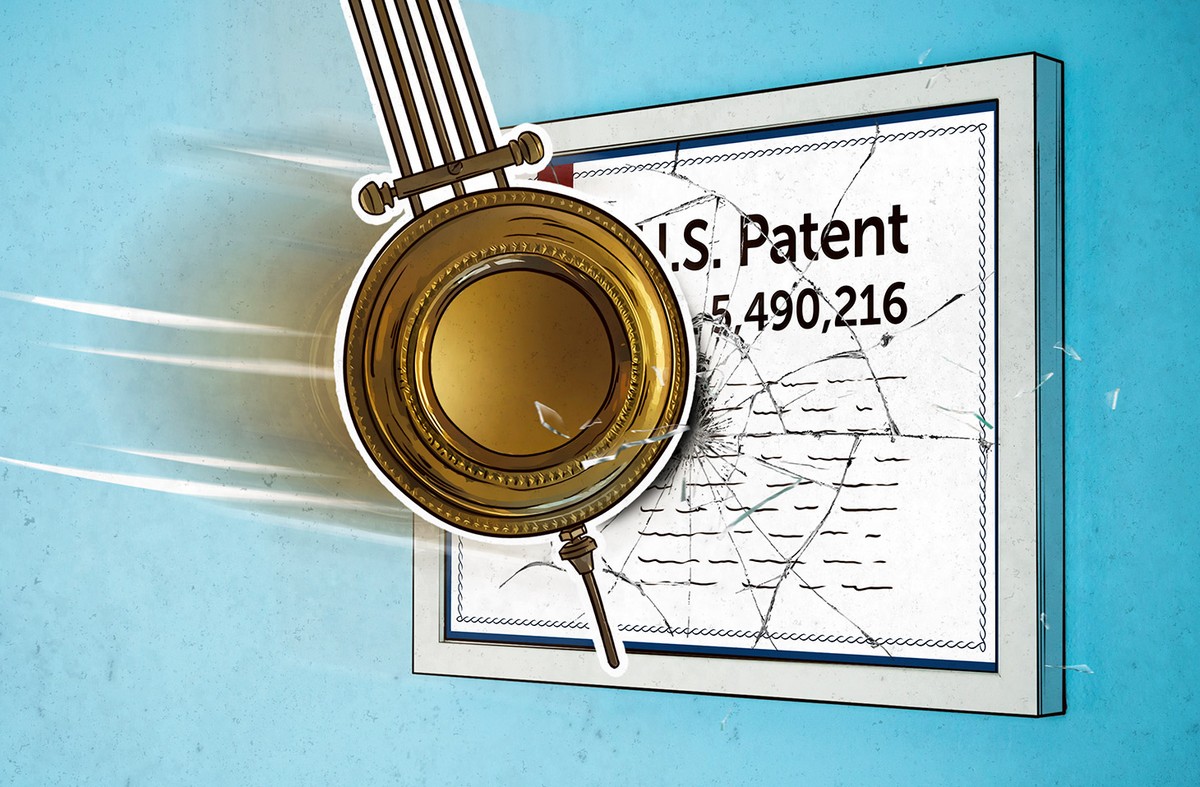October 20, 2018
Stairway to heaven.
Hi folks!
If you recall, in August I returned from Kamchatka with a broken leg. The fracture was a real pain in the… leg, since I was in plaster for six weeks. But finally, they removed said plaster; hurray!
I’d been advised by the doctor so take it easy with my mended leg – to build up the muscle and strengthen the bone steadily by getting plenty of easy exercise done – especially walking. Well, if it’s walking the doctor ordered, walking it’ll be. So off I (flew and) walked…
To warm up I headed first to Germany – for some steady-paced walking around a museum. The next day I upped the tempo at Oktoberfest. After that came strolling around Rome and another exhibition, followed by more walking (and lots of standing and crouching and leaning over!) on Santorini, Greece.
Despite my efforts, the leg still wasn’t fully recovered: I found I still needed my crutches. So what was I to do? Then I remembered what the doc said: in addition to just plain walking I should add walking up and down stairs. So it was time to stop taking the elevator, and generally to seek out stairs for my rehabilitation exercises. But much better would be steps not up a hotel or office building but up, say, a mountainside surrounded by natural beauty; there’d also be the bonuses of fresh air, pleasant aromas, a contemplative atmosphere and birds merrily singing – if I chose my mountainside carefully. So it was time to choose a mountainside carefully…
Turned out it was mountainsides – plural, which were opted for. I’ll be telling you where they were and details of our walks up and down them in upcoming posts. For now though I just want to give you some pics of what turned out to be an ‘exotic stairway experience’!
Now, I love paths. But I think I prefer steps, as then there are normally mountains involved, which I love too. But here, well, it’s a veritable ‘stairway to heaven’. Just look at these pics! Oh my gradient!
So it was up and down, up and down, up and across, and more up and down for us for days – perfect rehabilitation exercise. And the views – the pics speak for themselves.
Many of the stairways were deceptive – you’d think you were reaching the top, when they turn a corner and there above you opens up another zillion steps! Most of the time the steps were of the appropriate heights and depths, but sometimes they were really low and short, with your foot not being able to fit fully thereupon. On these we sometimes had to get on all fours so as to avoid losing our footing.
In all we were here for 10 days, and some of our smartphones reckoned we’d trekked more than 100 kilometers, and ascended and descended around 5000 meters (along the vertical) while doing so (that’s 300-600 meters up and down per day!).
So we had ourselves some excellent exotic and adventurous active tourism, as you’ll guess from the pics. Oh, and my leg? It’s almost fully recuperated already – doesn’t ache, and I’m walking now practically limp-less. And the crutches? Launched! Hurray!
All righty. Pics time. The steps and stairs:



























































